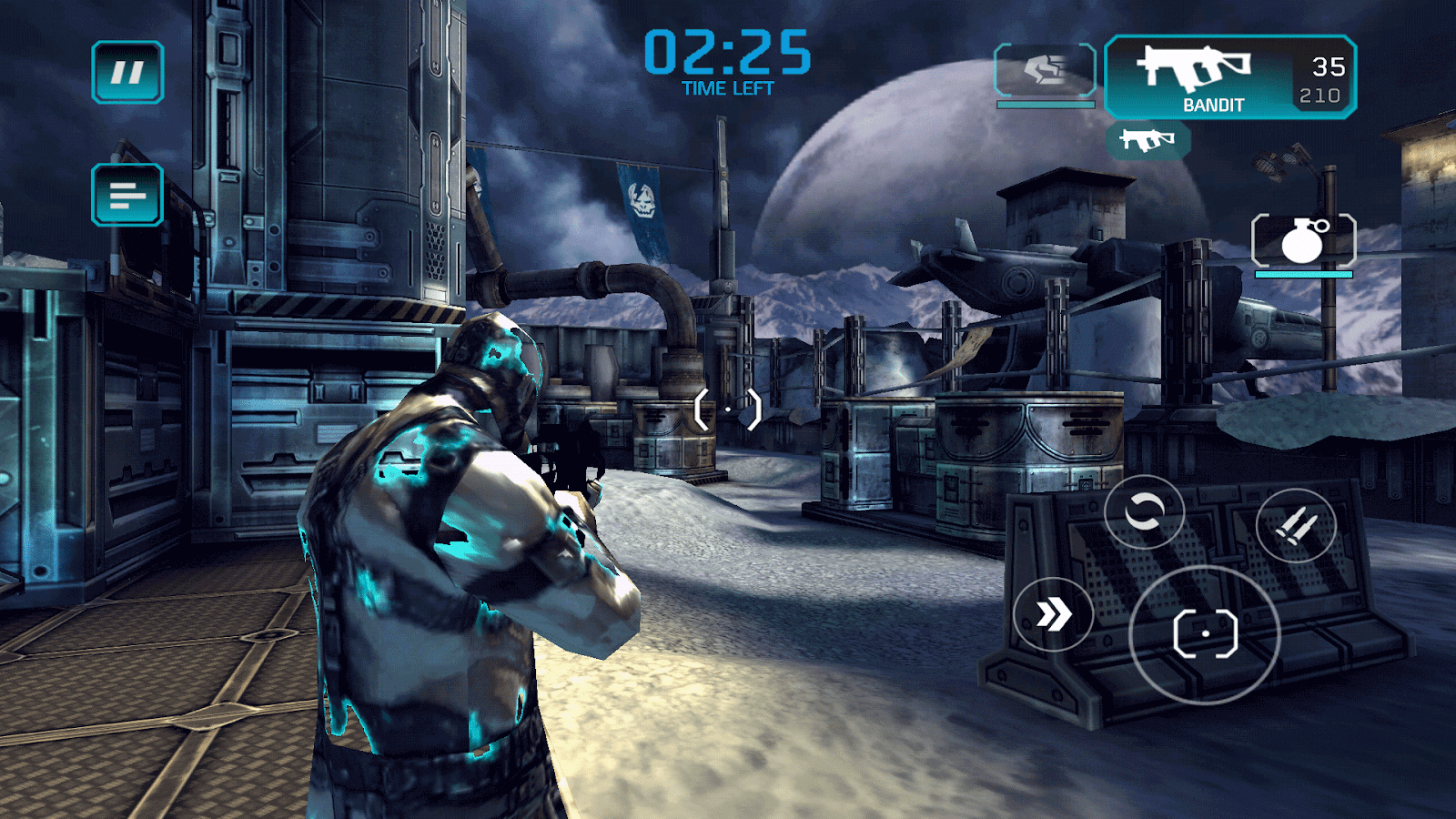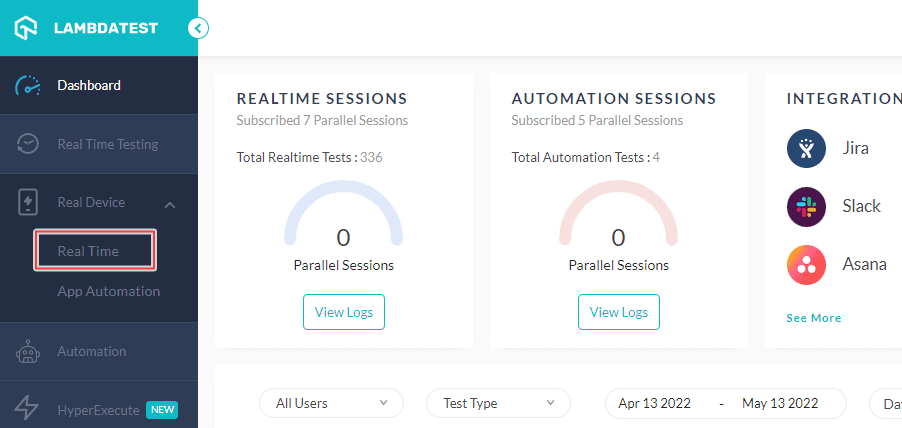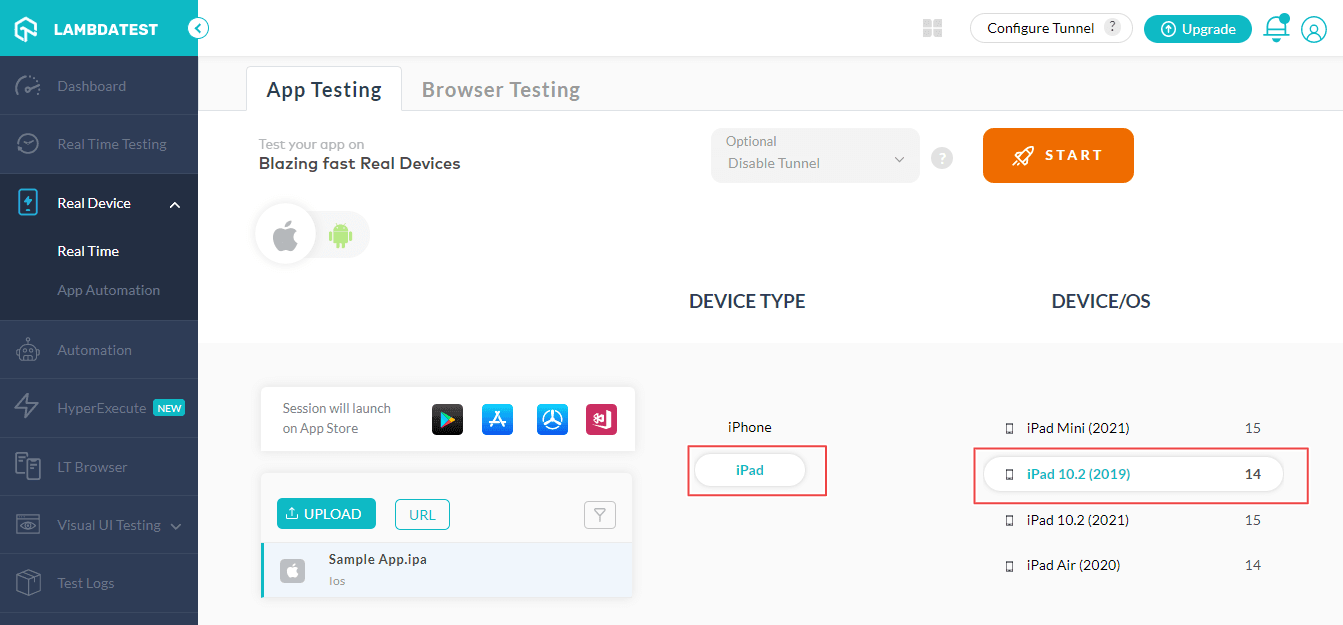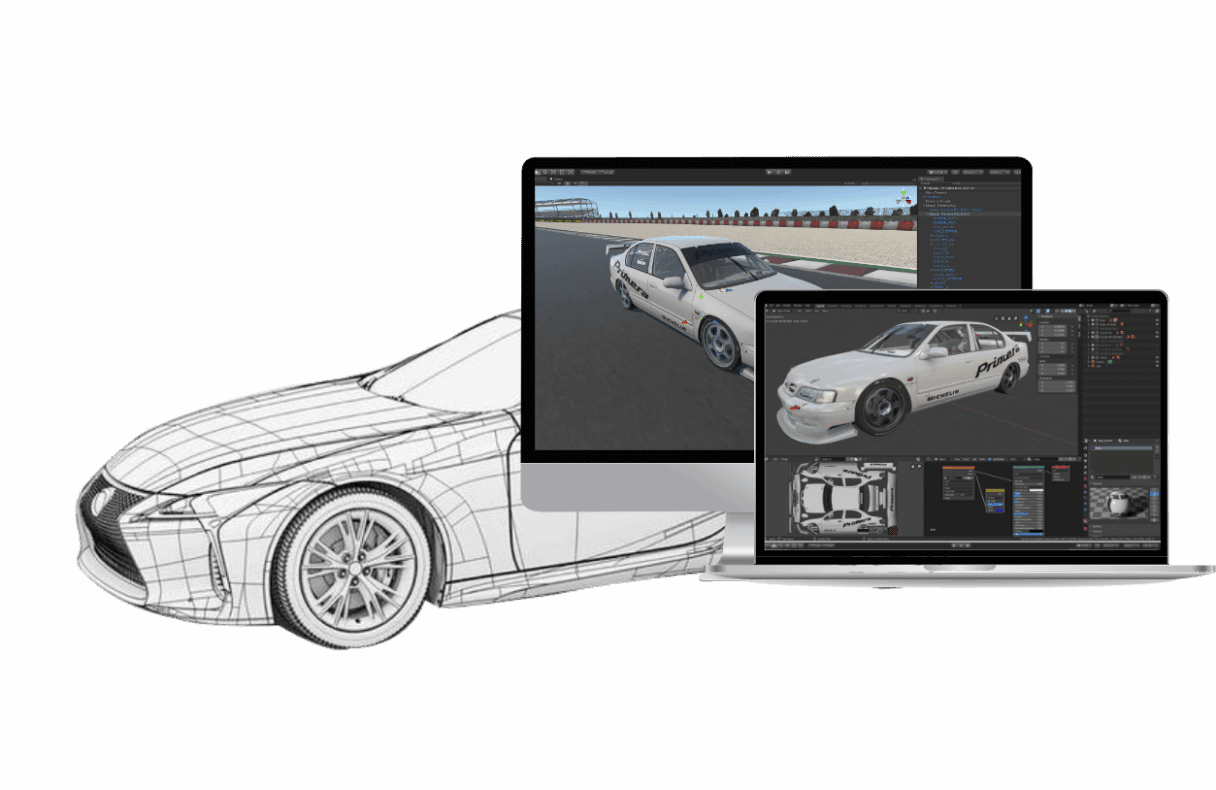Unity Testing: Best Practices and Tools for Successful Testing
Harish Rajora
Posted On: May 16, 2022
![]() 80275 Views
80275 Views
![]() 15 Min Read
15 Min Read
Before starting this post on Unity testing, let’s start with a couple of interesting cases. First, Temple Run, a trendy iOS game, was released in 2011 (and a year later on Android). Thanks to its “infinity” or “never-ending” gameplay and simple interface, it reached the top free app on the iOS store and one billion downloads.
Assassin’s Creed, another popular and well-received game, was initially built on Anvil and was later revised in 2014 under the new name Assassin’s Creed Unity. The game surpassed 10 million copies in a single year, making it one of the franchise’s biggest hits. Both of these games share one feature: their engines.
Unity is a game development engine as popular as the games built on top of it. Unity, first released in 2005, has become a top choice for developers working on mobile games, PC games, and even virtual reality games. As a result, many developers have worked hard to make development easier and allow game developers to focus on more important things.
This article discusses the basics of Unity testing, its powerful features, the Unity test framework, and how to perform Unity testing. If you are preparing for an interview you can learn more through Unit Testing Interview Questions.
TABLE OF CONTENTS
What is Unity engine?
A popular definition of Unity is – a powerful gaming engine that helps build games, animations and virtual reality applications. What started as a pure gaming development platform has now evolved so that even movie animations can be developed on Unity.

Unity’s developers have always wanted to expand the world of game development to everyone, not just businesses. As a result, they named the engine “Unity” (to portray everyone’s joint effort), and it is still accessible to anyone for free until your business earns less than $100,000.
Unity has set many benchmarks for its competitors since its inception into the Internet and gaming world. For example, in 2018, Unity was the engine powering 50% of mobile games, 90% of Microsoft Hololens applications, and 90% of Samsung VR applications. Since Unity began with AR and VR applications in 2022, it is fair to assume it dominates that market sector.
Powerful features of the Unity framework
The power and popularity of Unity come from its exceptional features. The following section on Unity testing describes each of those in detail.
Cross-platform game development
Whether it be game development, mobile app testing or development, cross-platform easily wins the heart of the people working on it. The idea of “code once and running on multiple platforms” saves developers and testers time, costs, and manual, repetitive work of developers and testers.
Fortunately, Unity possesses this feature for game development and can run the app on Windows, macOS, Linux, Android and iOS with the same code. However, Unity does raise a few concerns when developers are writing one code for all.
- Keyboards and Touch: The keyboard-related APIs working on a PC are generally related to alphabets, i.e. typed text. The same raises issues when run on mobile because keyboard tasks are handled via touch.
- Mouse click and Touch: The mouse-click APIs working on a PC raise issues when the same tasks need to be done with touch. For example, multiple clicks may mean different things on a PC. However, doing the same with multiple touches may need some code conversions.
- PC and mobile sensors: Another issue in cross-platform is the sensor-based games. Since PC does not have any such sensor (accelerometer, gyroscope etc.), the code may not be written for it. For mobile versions, a few things may need to be altered.
- CPU management: PCs have higher power compared to mobiles. Therefore, if something is built considering the PC capabilities, it may start lagging on a mobile device. Again, optimizing according to the platform is the key here.
Multiple platform support
As mentioned in the previous sections, Unity has paved its way into many domains that require animation, graphics, games etc. With such a wide acceptance, as a new learner, Unity is a better way to start. Since its learning could be implemented to various platforms that Unity supports, it would help create a wide variety of applications and explore many career options.
Focus on what to do rather than how to do
Unity’s philosophy is inclined to accomplish the task rather than spend time on “how to achieve that stuff”. Therefore, Unity provides a lot of ready-made components that can directly be installed and implemented on the object you are trying to create. Along with it, Unity has launched its asset store that contains ready-made assets. The assets may contain tools, audio files, graphics, objects, VFX templates etc.
2D + 2.5D + 3D
People who are just slightly aware of Unity generally take Unity as a pure 3D based engine. This means an engine that focuses on 3D animations, 3D objects and 3D environment arrangements. Unity is powerful in 3D components, attributed to its massive success. However, there is a long list of games, shows and movies that have been made in Unity but are not 3D.
To compare and align our thought process, we can refer to a 3D game where the main subject can move in three directions and similarly sees its 3D environment objects in all directions. 2D objects, on the other hand, are restricted to 2D movements, which can be remembered through the popular tv show Shinchan or the Unity-based 2D game Forgotten Anne.

Apart from 2D and 3D games, a new spatial concept of 2.5D has also been a popular choice for game development. In 2.5D game development, the gameplay remains in the two-dimension while the movement can be done in three dimensions. This can be observed in the game Warpips made on Unity as a 2.5D game. Unity supports 2.5D elements and objects as much as 2D with available assets and other in-built features.
Covering 2D, 2.5D and 3D into a single platform helps us widen our skill set for game development.
VR + AR + MR
Unity has stepped into virtual reality in its very early days. It has given it a headstart that is proving fruitful now. As per the Valuates reports, Virtual reality has shown a growth rate of 20% in revenue and is expected to reach $26.8 Billion in 2027. This opens up new potential in the market and a call for technology to quickly facilitate VR and AR app development.
Unity focuses on the same philosophy and has captured 60% of the total existing VR and AR applications around the world. Owing to its tremendous growth in this department, in the build conference 2015, Microsoft announced a comprehensive and deepened strategic collaboration between Hololens and Unity.
This means complete feature support to develop applications for Hololens. This partnership can also be held accountable for 90% of the released applications using Unity for Hololens. A similar effect can also be seen in the AR and MR department.
Movie animations
Unity has been a platform designed and used just for gaming. The team behind Unity has well-known this fact. To apprise everyone of what Unity is capable of in animation, Unity released a short movie called Adam, which had real-time animation. The life-like animation was well appreciated and given a Webby Award in 2016.

With that being said, if you are not interested in game development, but in movie animations, you need not ignore Unity. The engine has proved that its excellence can be leveraged with movie animations, and in the past 5 to 6 years, many independent artists have released movies made with Unity. It has also been used in big movies in the animation part.
Automotive industry
The automotive industry has evolved in its method of working. Building an expensive product needs a lot of perfection as the buyer does not generally compromise when paying much money. Back in the days when the automotive industry picked up, risks were hardly taken on commercial vehicles, fearing losses on the product. A new car, for example, would just be a tweaked version of some other car or its own earlier version.
Today, that’s not the case. With so much competition among automotive manufacturers, companies are ready to take risks and invest in research that proves fruitful. If I say the companies have changed as much as the consumer has. But since blind risks are not healthy for the organization, they turn towards Unity.
Unity provides animation and 3D design support for everyone according to their use. Automotive industries leverage this to build a 3D model which resembles perfectly what the product would look like.
That can then be shared with other people (including customers) to know their feedback and modify accordingly (similar to testing Beta apps). This way, you can release a new product with minimum risks. If you are someone interested in creating designs for automotive or any such industry, Unity would be an excellent choice for you.
Apart from these popular divisions, Unity can also be used in other fields such as architecture and model design.
Run live interactive Unity Test across 3000+ live browsers and OS. Try LambdaTest Now!
Unity testing
There is immense pressure to develop games and animated movies. A lot of hard work and money goes into it, and each organization wants its product to be successful in the market. However, development is just half of reaching that level. The next half comes with testing.
Unity testing tells you that your product is bug-free, and the user can enjoy it smoothly as a developer, a tester, and an organization. On the other hand, since Unity works in the animation, 3D and gaming departments, one bug can prove to be costly for everyone. In the same aspect, two different case studies exploring two different situations come to my mind at this point.
Fortnite bug
Fortnite is a top-rated game across the world. However, in 2019, a bug surfaced in a video game competition in which $23 million was the winning prize.
Due to the bug, the player’s score would reset to 0 when they changed their playing region. When it came to their notice, the players changed regions frequently and matched with novice players to win and collect points. After 24 hours, the game would show the total points won in which those players that knew the bug ranked up without ever playing with an equally-ranked opponent.
Counter-Strike: Global Offensive
Counter-Strike is another popular game that hosts global events for gamers and puts a heavy cash bag as prize money. In 2014, when prize money was $250,000 in one such globally conducted game, the players found a bug in the game. The bug led them to spawn at a position where they could see and shoot the entire map. That area was supposed to be inaccessible.
Such bugs prove to be very expensive in games that sometimes exceed the $1 million mark. Even if we do not consider a global event for our analysis, bugs can be noticed in our mobile phones, leading to uncertain glitches and crashes.
The only option that saves us from such costly expeditions is to test our product exhaustively using the best tools available. Therefore, we need support from two different technologies, one that supports us in writing test scripts and another that provides us with infrastructure and necessary devices at feasible costs.
The Unity test framework (UTF)
The Unity test framework is the official framework from Unity dedicated to Unity testing of web products. The framework has proved efficient for all kinds of Unity-based projects. The Unity test framework can also be the most popular testing framework for Unity products right now. The framework works on top of NUnit, and therefore if you are aware of it, you probably will have an easy time learning the Unity test framework.
During the Unity Test Conference in Copenhagen in 2019, it was announced that the framework would now be delivered to the tester as a package. This means that the tester will be able to get the source code that he can tweak accordingly.
One of the most popular features of the Unity test framework is the power to customize it according to ourselves. The running methods and the reporting section so that we get out reports according to our customizations each time. These can include the saving format of the reports as to XML or HTML etc.
With the above-said points, it is clear that the Unity test framework is very flexible. It lets us do things our way when running or building test cases. Another solid feature that the Unity test framework offers is when these tests can be executed. The framework allows the tests to run during the play (of the game or animation etc.) or edit mode and on different devices. It provides support to all the major platforms, including Android, iOS etc.
So, this is the part where we introduced you to the scripting part. To write scripts that run on a game, you need an editor (Unity comes with Visual Studio integration) and device support to execute those tests. The Unity test framework helps us achieve all that.
However, we still need devices in our hands to perform Unity testing of games. For example, how can we be sure that our game will not crash if run on Samsung Galaxy S22 if it did not crash on iPhone 12? We can only answer this by testing on all the target devices. The most feasible option to achieve this is by performing Unity testing on cloud-based Unity testing platforms like LambdaTest.
One a side note, you can test on Samsung galaxy a5 mobile browser online.
Test your game codes on real Android & iOS devices. Try LambdaTest Now!
Integrating Unity test framework with LambdaTest
LambdaTest is a cross browser testing platform available on the cloud. It facilitates manual Unity and automated Unity testing of web and mobile applications. The main benefit of using LambdaTest for your Unity testing is the support for real devices and popular languages and frameworks for easy testing.
Since none of this requires device purchase or a high-end system, we can wrap Unity testing quickly without digging deep into our pockets. Mobile games developed through Unity are no exception. With the support of the Unity test framework, the tester can combine the powers of UTF (Unity test framework) with LambdaTest’s devices and release a bug-free mobile application.
To test mobile apps manually on LambdaTest, follow the below-mentioned steps.
- First, sign up on LambdaTest.
- Once you are in the user Dashboard, select Real Device > Real Time from the left sidebar.
- Upload your app, select DEVICE TYPE, DEVICE/OS and press START.


In addition, if your motives are for mobile automation testing, you can choose automation and select the best mobile app testing frameworks like Appium to automate mobile apps on an online device farm of 3000+ real devices and operating systems online.
Here, the Unity test framework would be the best choice.
If you are new to LambdaTest, please refer to our video tutorial on real-time testing and kick start your Unity testing on real devices.
Liked this video? Subscribe to the LambdaTest YouTube Channel for more videos on Mobile App Testing Tutorial, Selenium Testing, Cypress UI Automation, etc.
Conclusion
The best thing about Unity is that it transformed with time. If something new is involved in gaming, you find it in Unity. However, no game is worth playing until it is bug-free. There is no point even if you develop the most sophisticated, high configuration game, but it crashes on the end user’s system.
To perform Unity testing of games, we move on to two stages. The first is writing test cases and running them on a single device. The tester can run it either in edit mode or play mode. Once you are satisfied, you move on to test the same scripts on multiple devices that will support the game. This is a heavy task and may cost the company big if not done wisely.
Hence, we move on to LambdaTest for Unity testing, which provides all the real devices at their disposal with automation testing frameworks integrated. This process will give us a complete and organized structure for testing.
Unity is free for all. It helps in “uniting developers all over the world“. If you want to create something, Unity has your back. Try this excellent engine and let us know your experience.
Happy Unity testing!
Frequently Asked Questions (FAQs)
What is Unity in testing?
The Unity test framework package enables you to test code in Edit and Play mode and on platforms like Standalone, Android, and iOS.
How do I run a Unity test?
You need to use Unity’s Test Runner to run a Unity test. To open Unity’s test runner, go to Window > General > Test Runner. If there are no tests in your Project, you can create a basic test script by clicking the Create EditMode Test Assembly button.
Got Questions? Drop them on LambdaTest Community. Visit now















